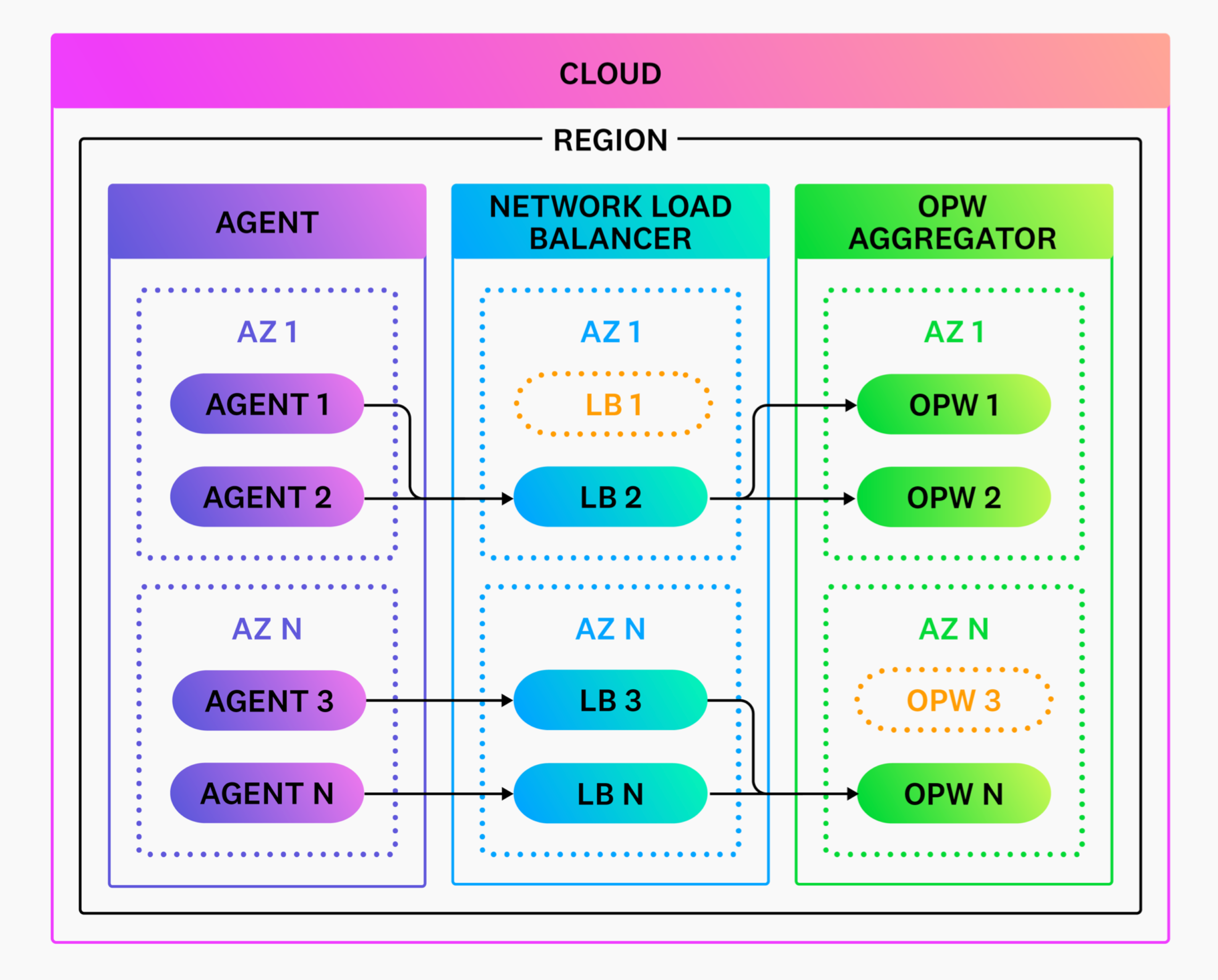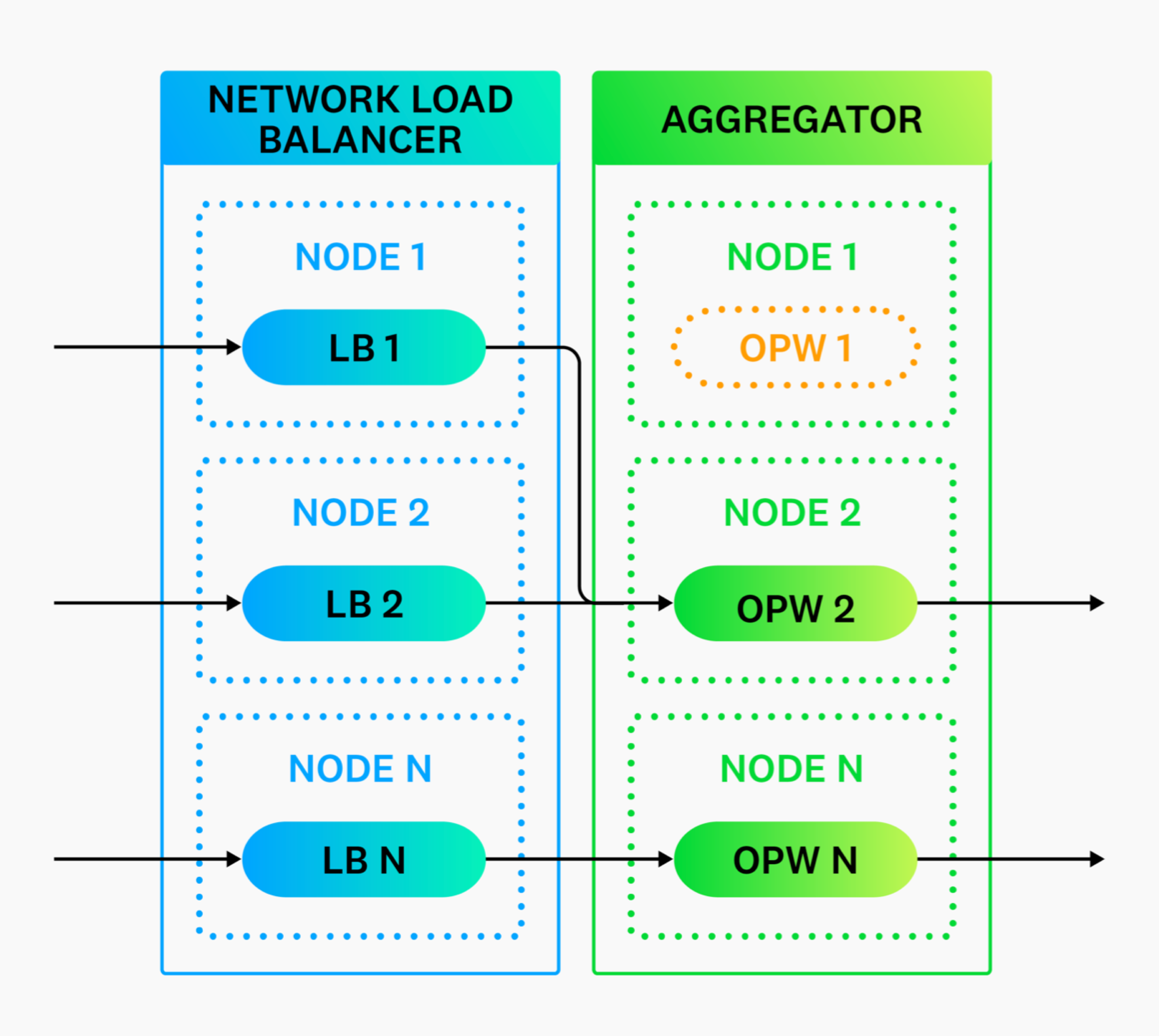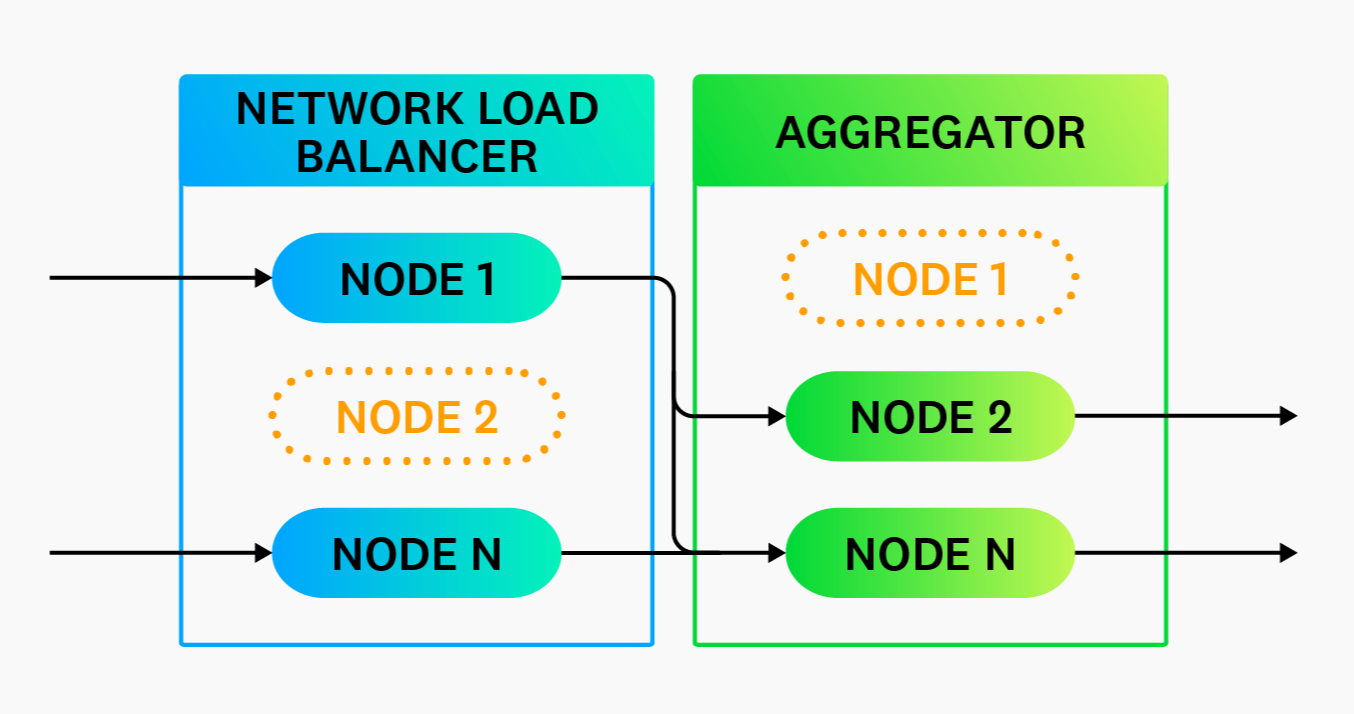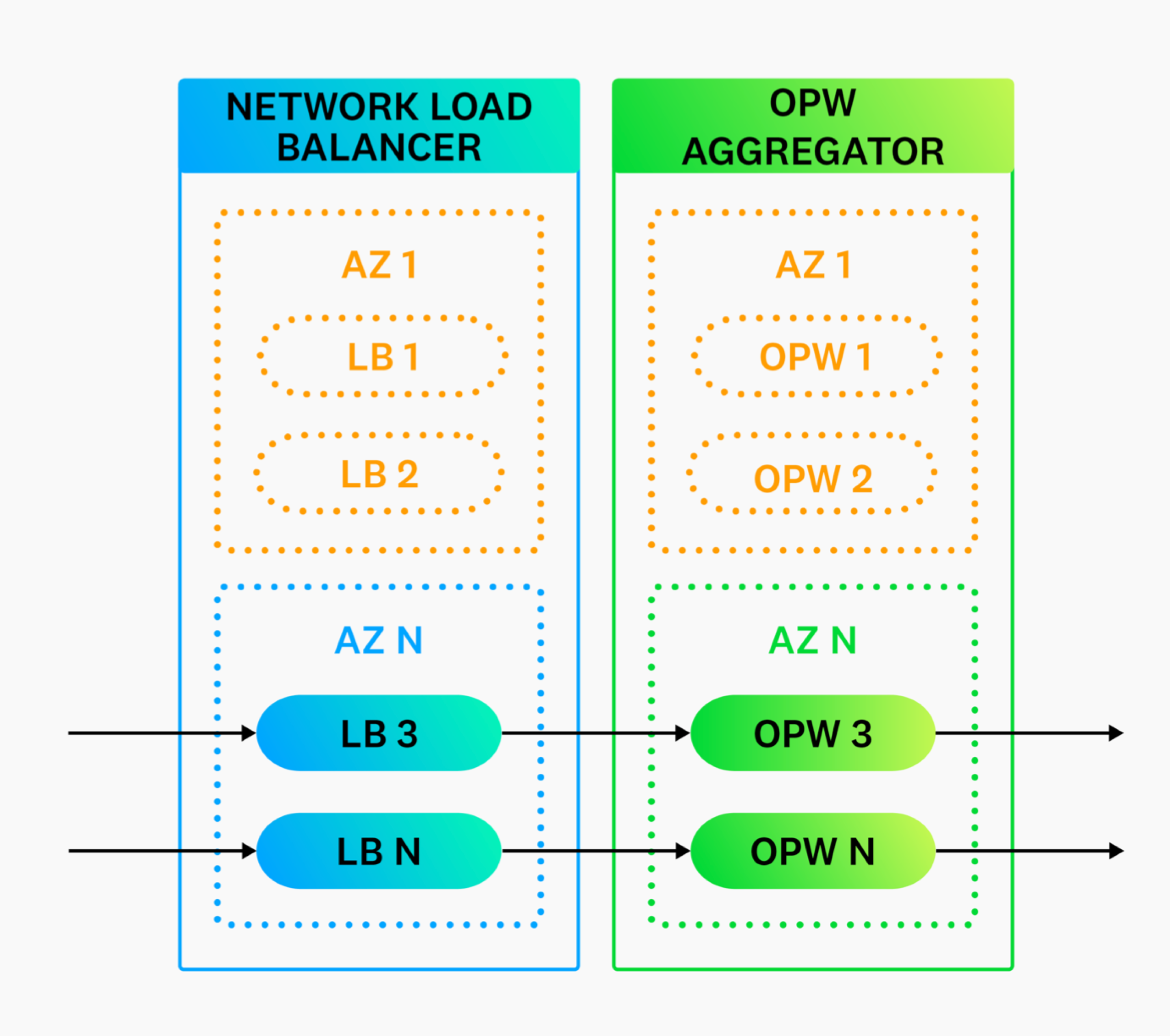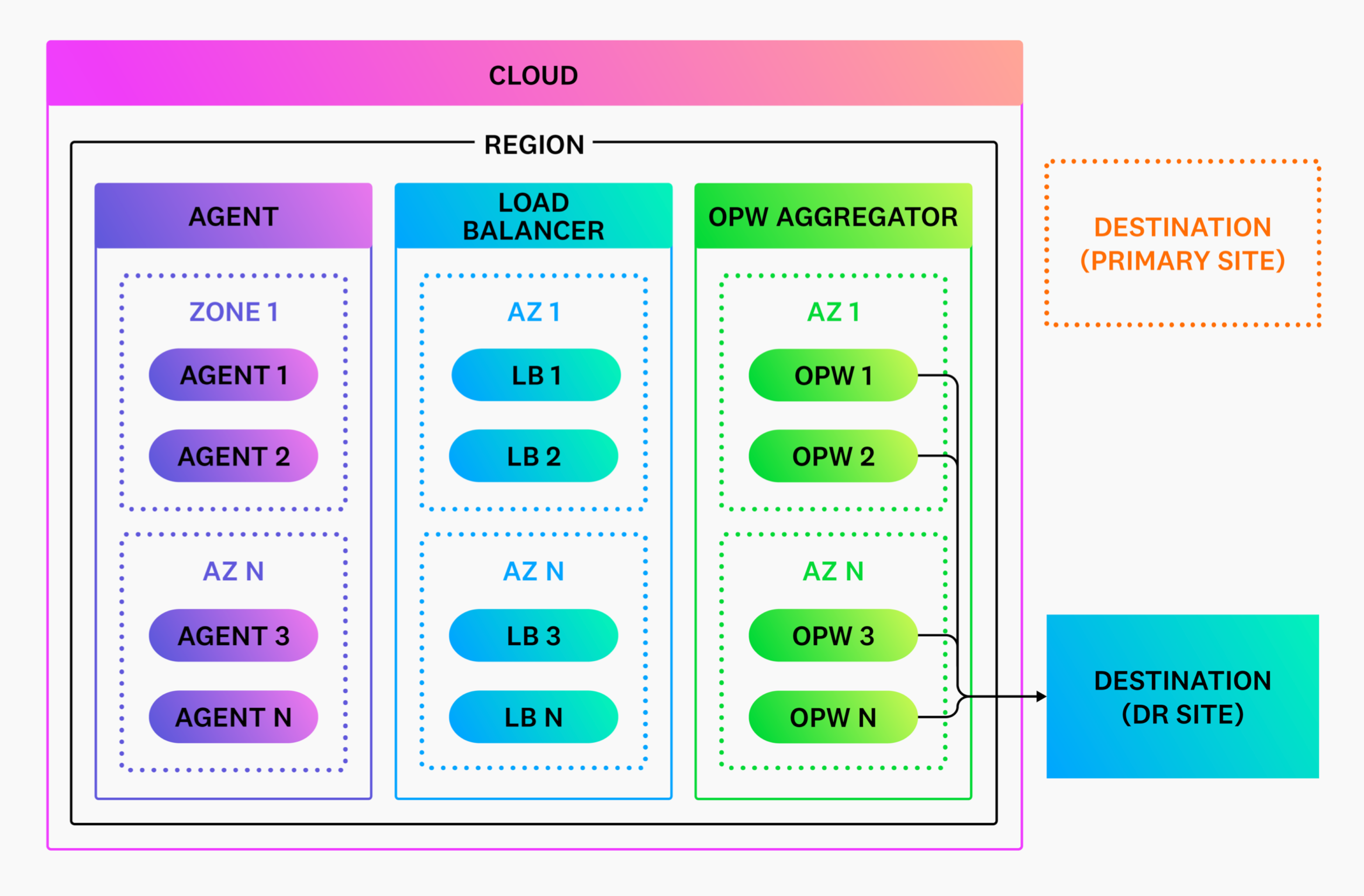- 重要な情報
- はじめに
- 用語集
- Standard Attributes
- ガイド
- インテグレーション
- エージェント
- OpenTelemetry
- 開発者
- Administrator's Guide
- API
- Partners
- DDSQL Reference
- モバイルアプリケーション
- CoScreen
- CoTerm
- Remote Configuration
- Cloudcraft
- アプリ内
- ダッシュボード
- ノートブック
- DDSQL Editor
- Reference Tables
- Sheets
- Watchdog
- アラート設定
- メトリクス
- Bits AI
- Internal Developer Portal
- Error Tracking
- Change Tracking
- Service Management
- Actions & Remediations
- インフラストラクチャー
- Cloudcraft
- Resource Catalog
- ユニバーサル サービス モニタリング
- Hosts
- コンテナ
- Processes
- サーバーレス
- ネットワークモニタリング
- Cloud Cost
- アプリケーションパフォーマンス
- APM
- Continuous Profiler
- データベース モニタリング
- Data Streams Monitoring
- Data Jobs Monitoring
- Data Observability
- Digital Experience
- RUM & セッションリプレイ
- Synthetic モニタリング
- Continuous Testing
- Product Analytics
- Software Delivery
- CI Visibility (CI/CDの可視化)
- CD Visibility
- Deployment Gates
- Test Visibility
- Code Coverage
- Quality Gates
- DORA Metrics
- Feature Flags
- セキュリティ
- セキュリティの概要
- Cloud SIEM
- Code Security
- クラウド セキュリティ マネジメント
- Application Security Management
- Workload Protection
- Sensitive Data Scanner
- AI Observability
- ログ管理
- Observability Pipelines(観測データの制御)
- ログ管理
- CloudPrem
- 管理
(レガシー) 高可用性と災害復旧
This product is not supported for your selected Datadog site. ().
Observability Pipelines は、US1-FED Datadog サイトでは利用できません。
このガイドは、大規模な本番環境レベルのデプロイメント向けです。
観測可能性パイプラインの文脈では、高可用性とは、システムに問題が発生しても観測可能性パイプラインワーカーが利用可能であることを指します。
高可用性を実現するには
- 各アベイラビリティゾーンに少なくとも 2 つの観測可能性パイプラインワーカーインスタンスをデプロイします。
- 観測可能性パイプラインワーカーを少なくとも 2 つのアベイラビリティゾーンにデプロイします。
- 観測可能性パイプラインワーカーインスタンス間のトラフィックをバランスさせるロードバランサーで観測可能性パイプラインワーカーインスタンスを前面化します。詳細については、キャパシティプランニングとスケーリングを参照してください。
障害シナリオの軽減
観測可能性パイプラインワーカープロセスの問題への対応
システムプロセスの問題を軽減するには、観測可能性パイプラインワーカーを複数のノードに分散し、必要に応じて別の観測可能性パイプラインワーカーインスタンスにトラフィックをリダイレクトできるネットワークロードバランサーで前面化します。さらに、プラットフォームレベルの自動自己修復機能により、最終的にはプロセスを再起動するか、ノードを交換する必要があります。
ノード障害の軽減
ノードの問題を軽減するには、観測可能性パイプラインワーカーを複数のノードに分散し、別の観測可能性パイプラインワーカーノードにトラフィックをリダイレクトできるネットワークロードバランサーで前面化します。さらに、プラットフォームレベルの自動自己修復機能により、最終的にはノードを交換する必要があります。
アベイラビリティゾーン障害への対応
アベイラビリティゾーンの問題を軽減するために、複数のアベイラビリティゾーンに観測可能性パイプラインワーカーをデプロイします。
リージョン障害の軽減
観測可能性パイプラインワーカーは、内部の観測可能性データをルーティングするために設計されており、他のリージョンにフェイルオーバーするべきではありません。その代わりに、観測可能性パイプラインワーカーは、全てのリージョンにデプロイされるべきです。そのため、ネットワーク全体やリージョンに障害が発生した場合、観測可能性パイプラインワーカーも一緒に障害になります。詳しくはネットワーキングをご覧ください。
災害復旧
内部災害復旧
観測可能性パイプラインワーカーは、内部の観測可能性データをルーティングするために設計されたインフラストラクチャーレベルのツールです。シェアードナッシングアーキテクチャを実装しており、災害復旧 (DR) サイトに複製または転送されるべき状態を管理しません。そのため、リージョン全体が障害になった場合、観測可能性パイプラインワーカーも一緒に障害になります。したがって、より広範な DR 計画の一環として、DR サイトに観測可能性パイプラインワーカーをインストールする必要があります。
外部災害復旧
Datadog のようなマネージドデスティネーションを使用している場合、観測可能性パイプラインワーカーのサーキットブレーカー機能を使用して、Datadog DR サイトへのデータの自動ルーティングを容易にすることができます。
